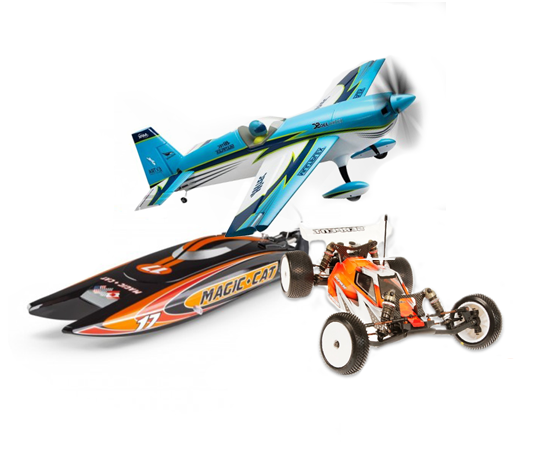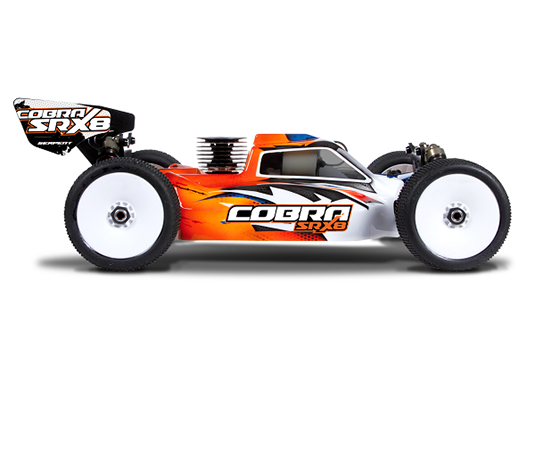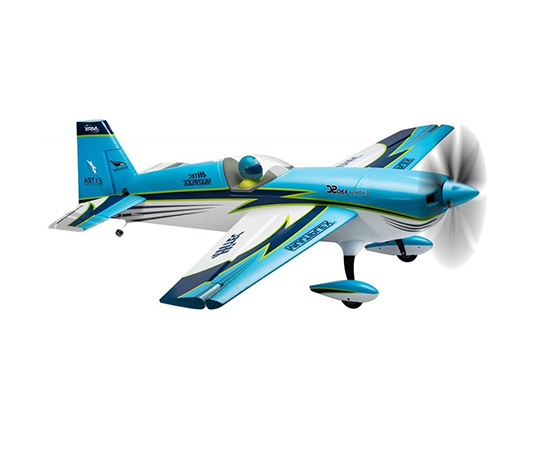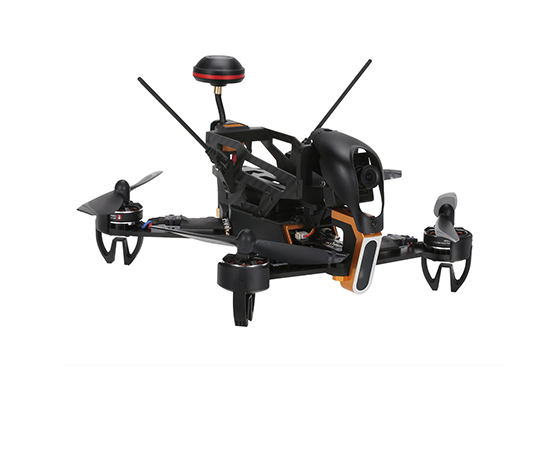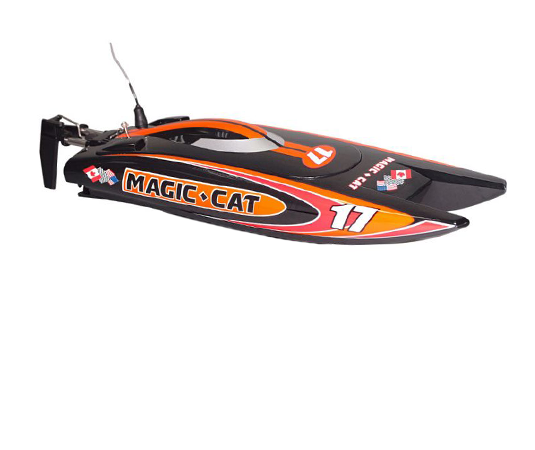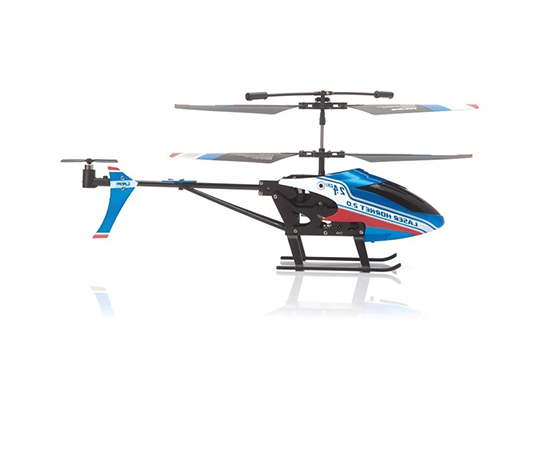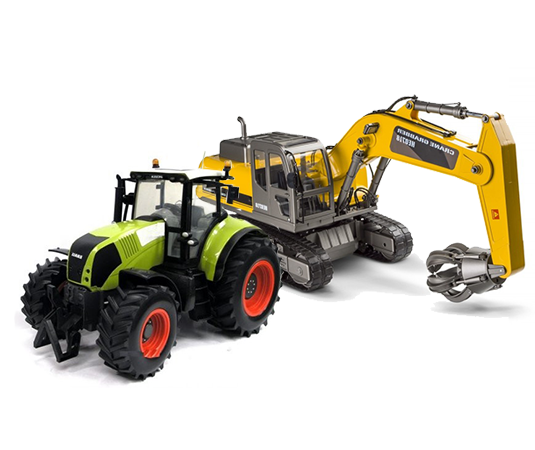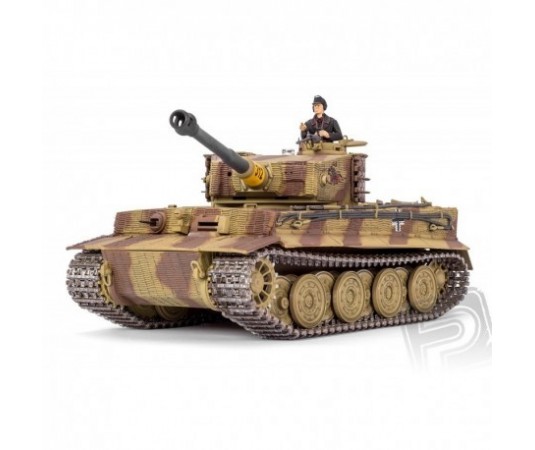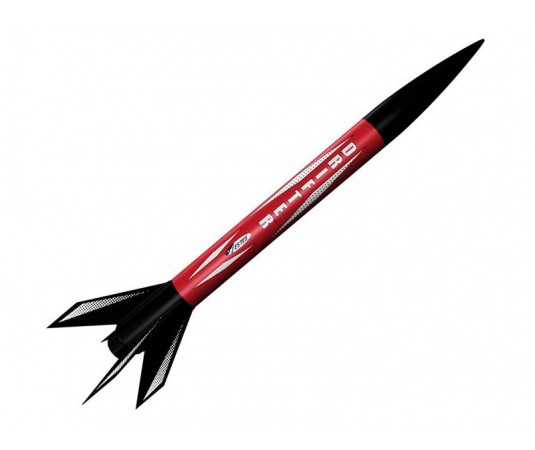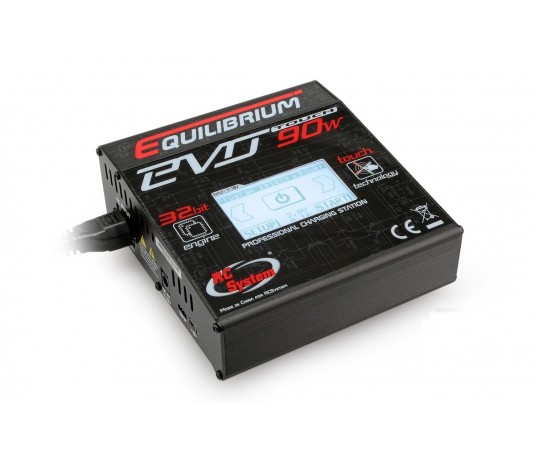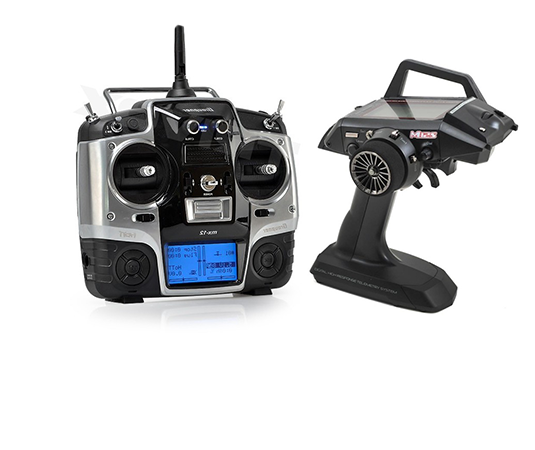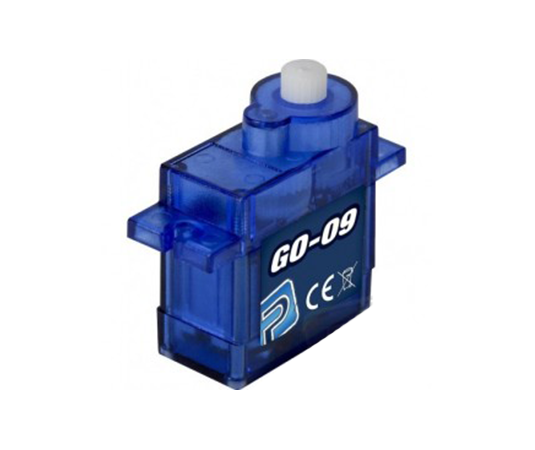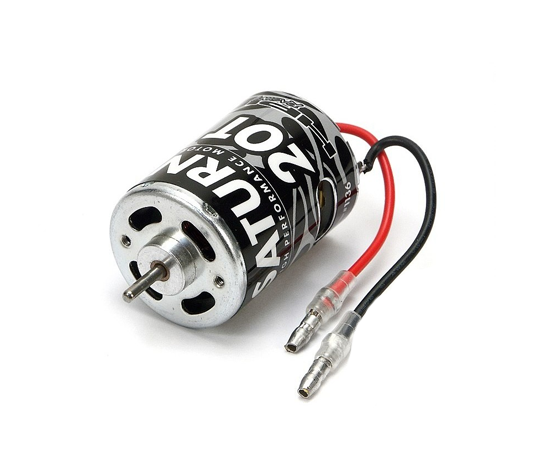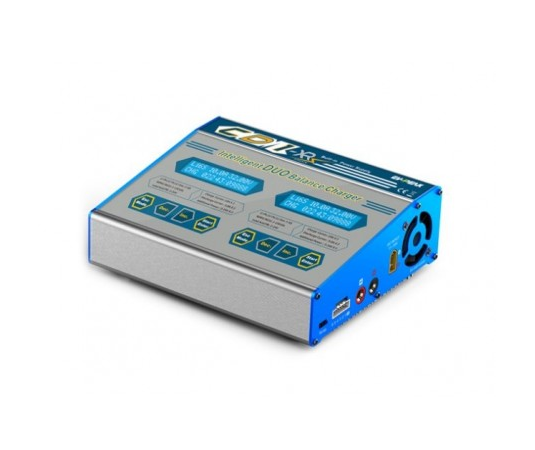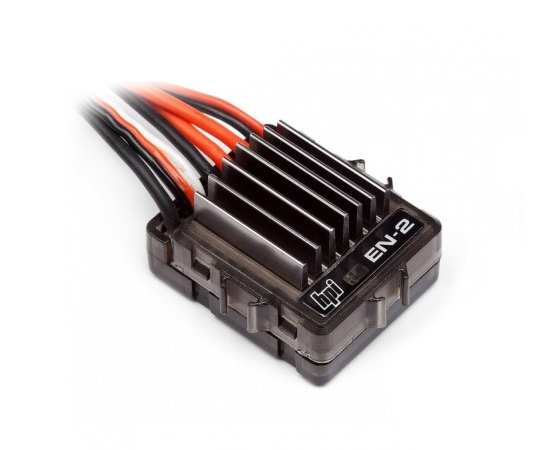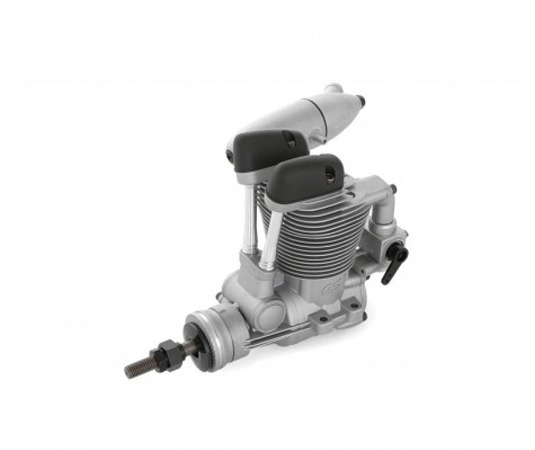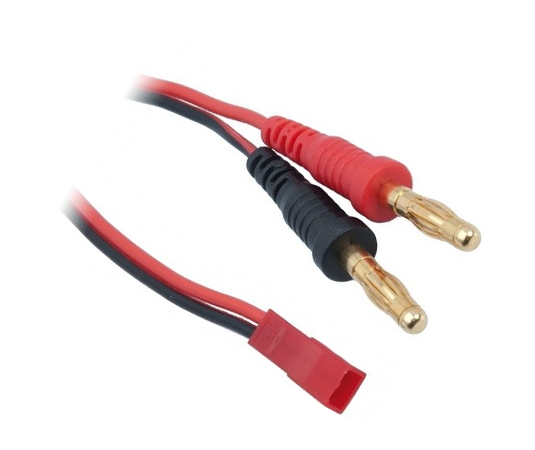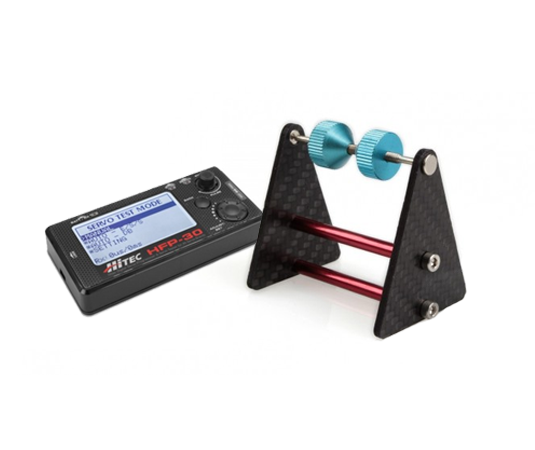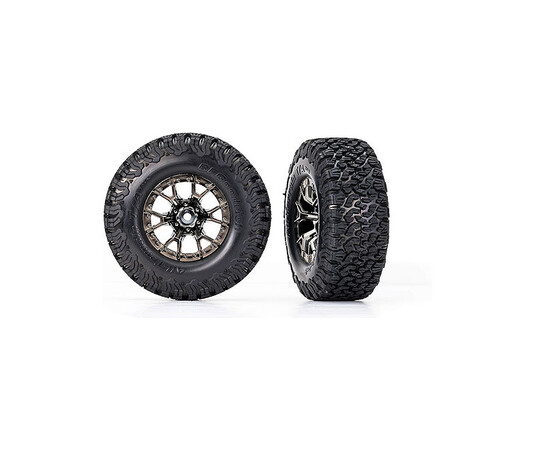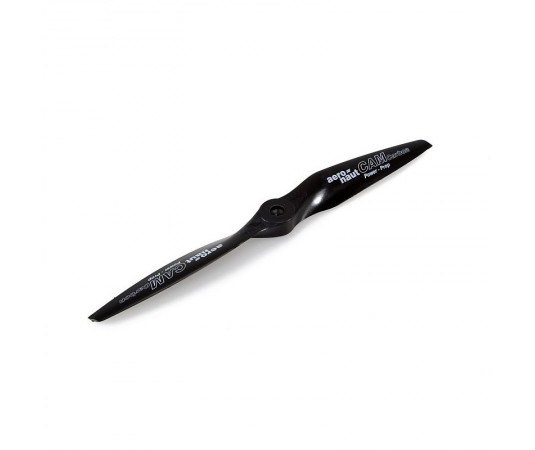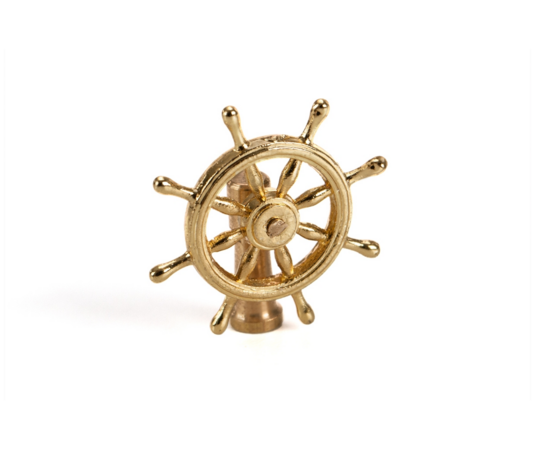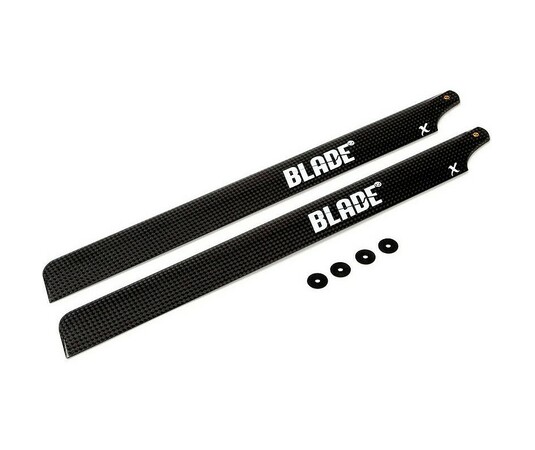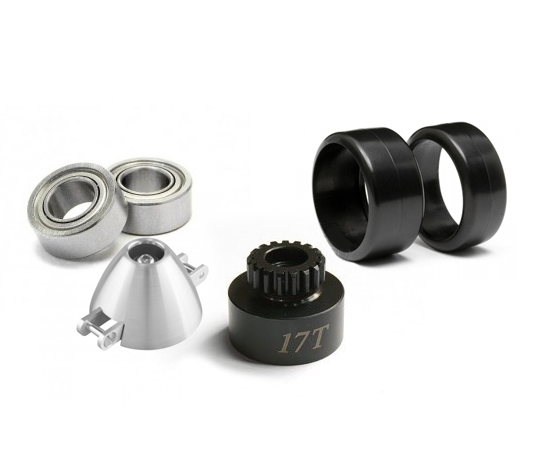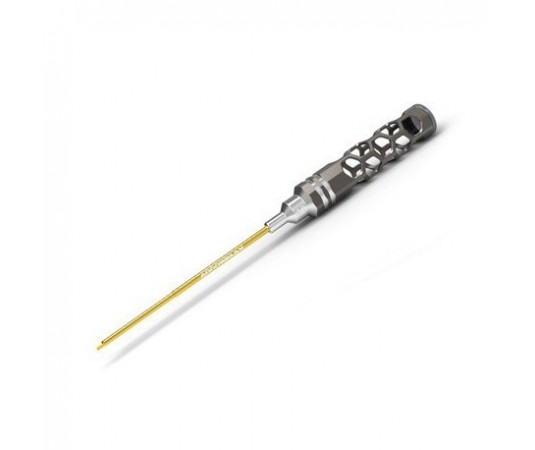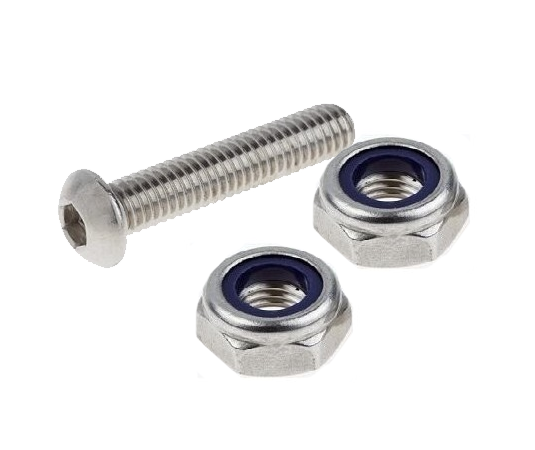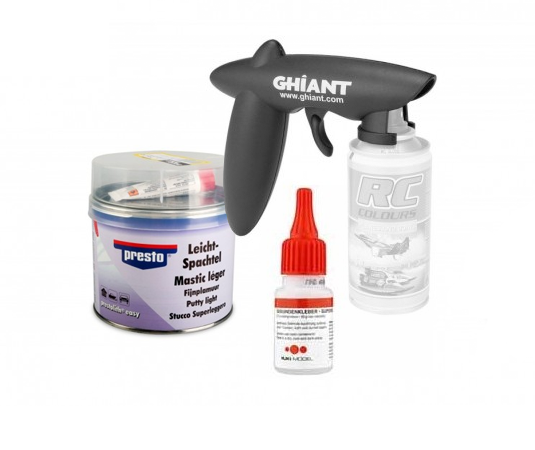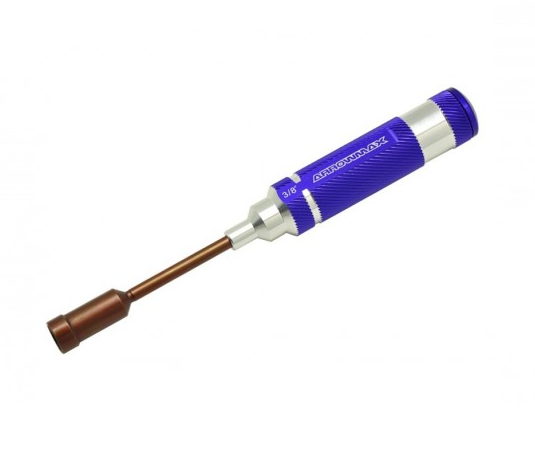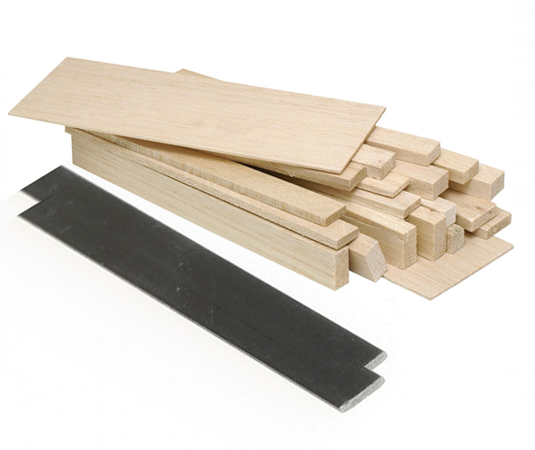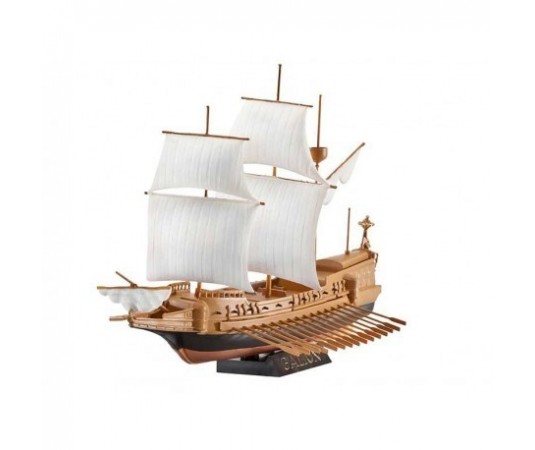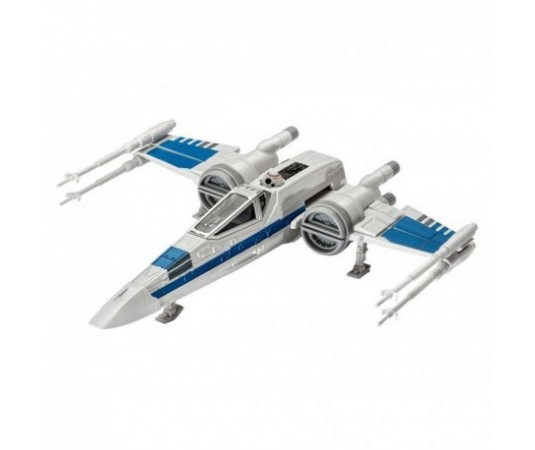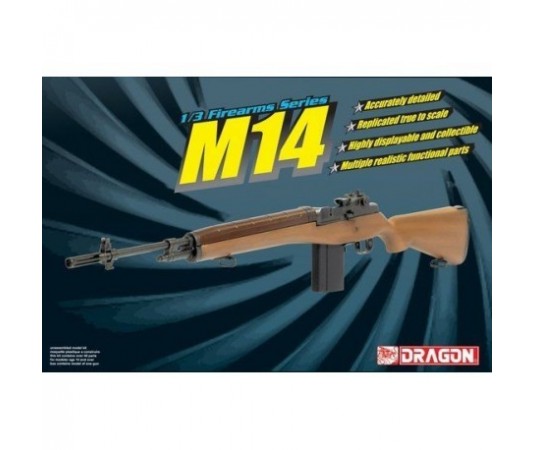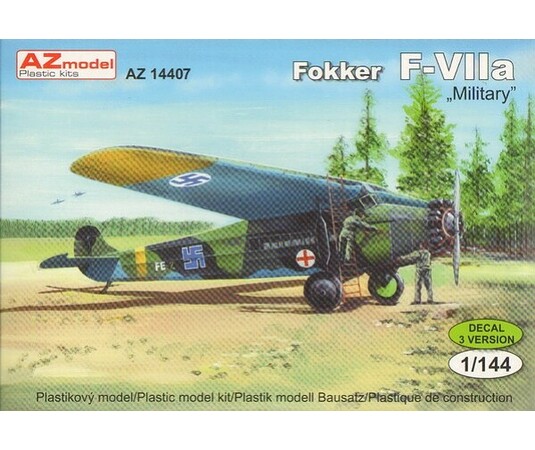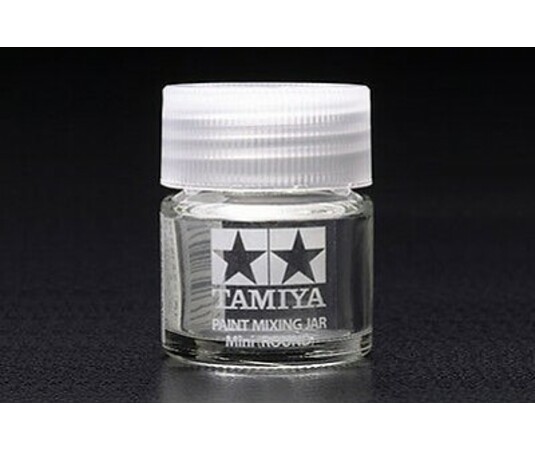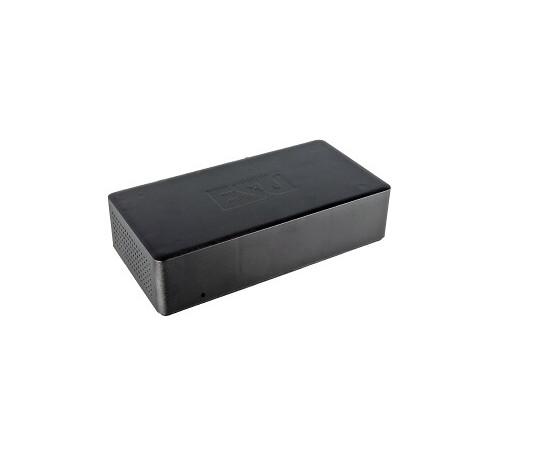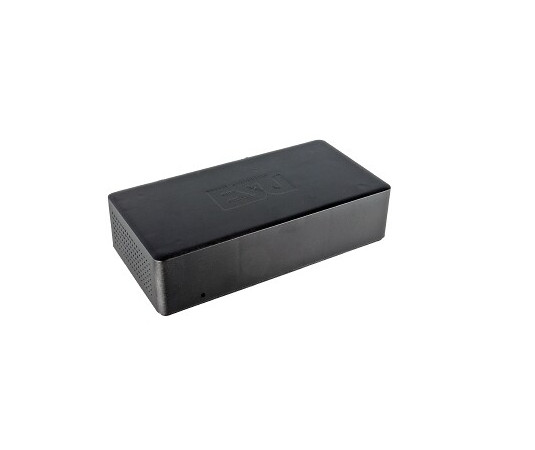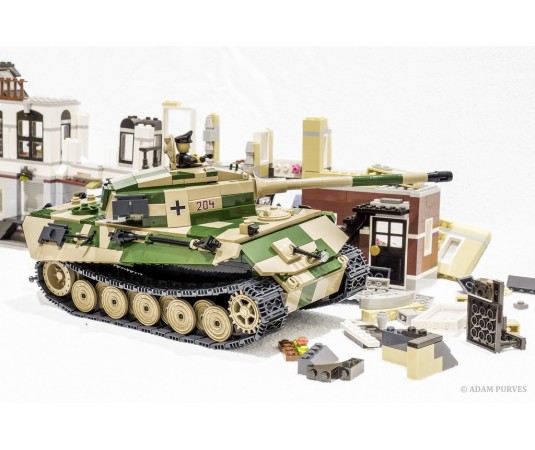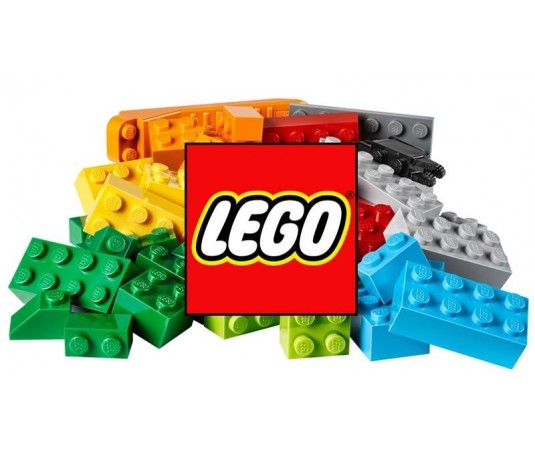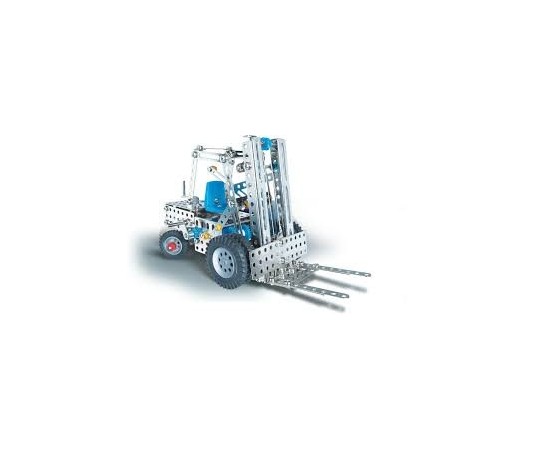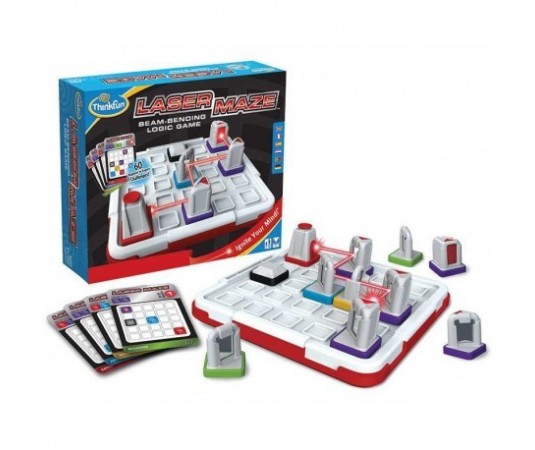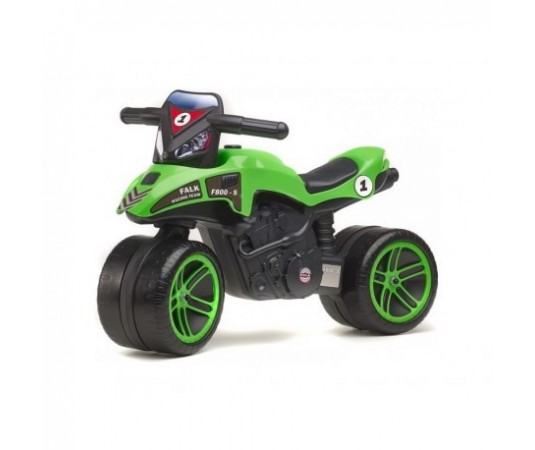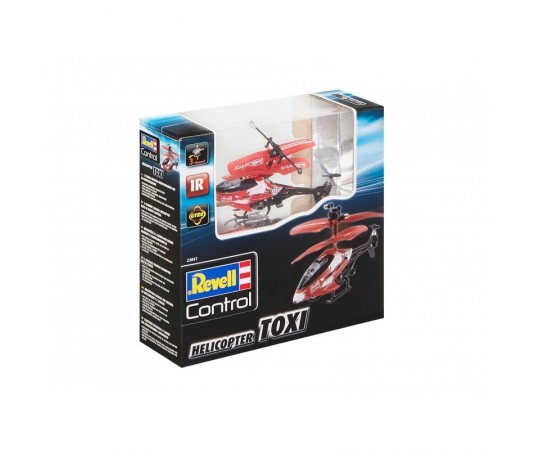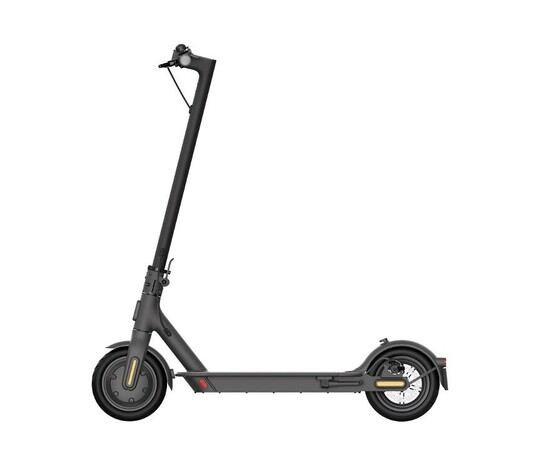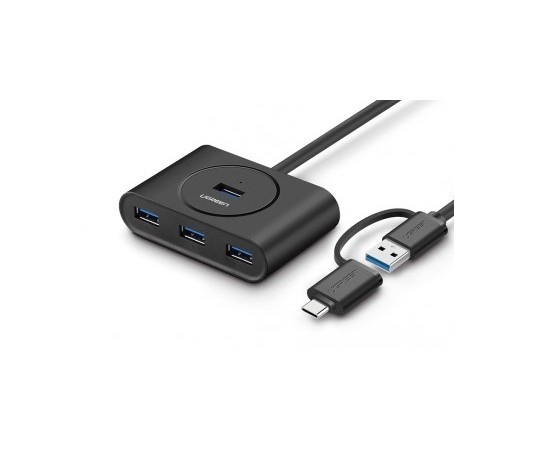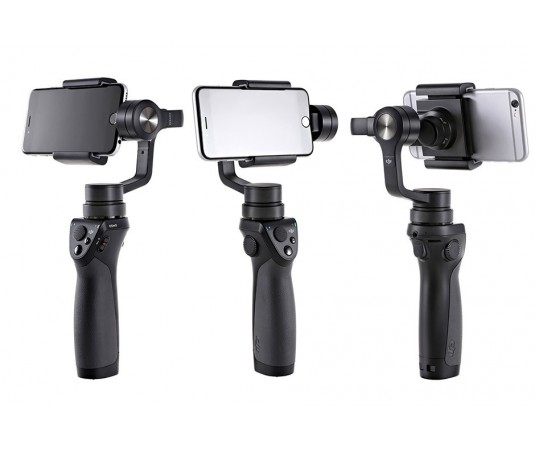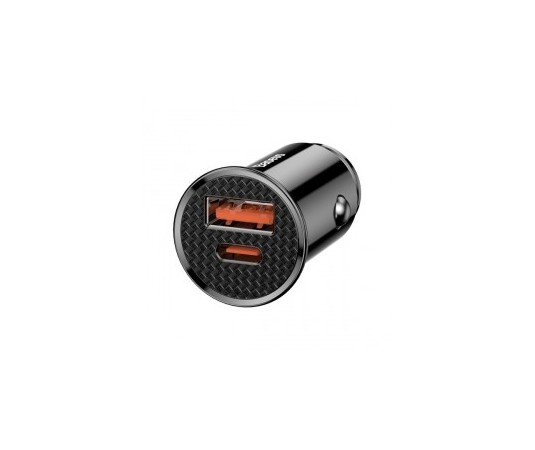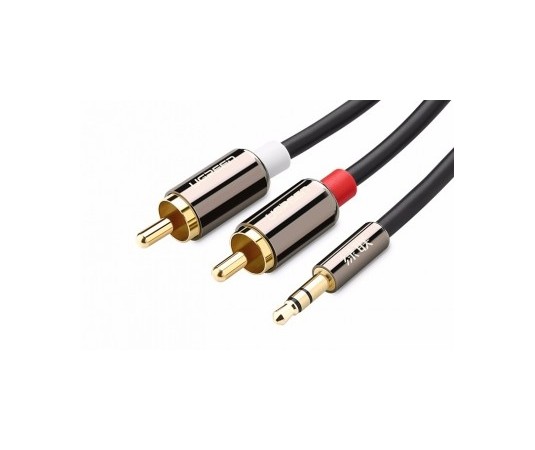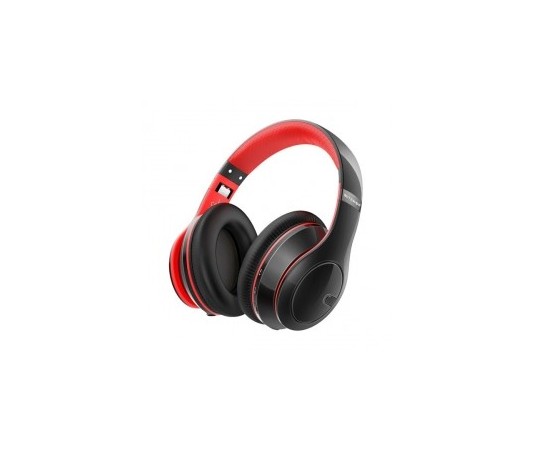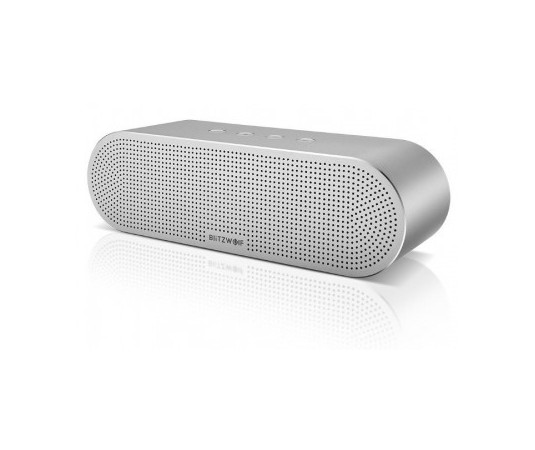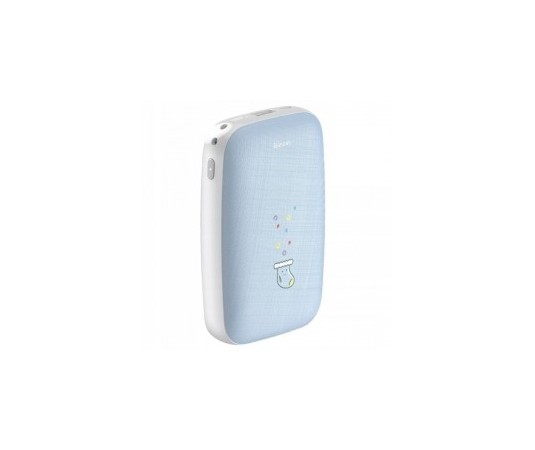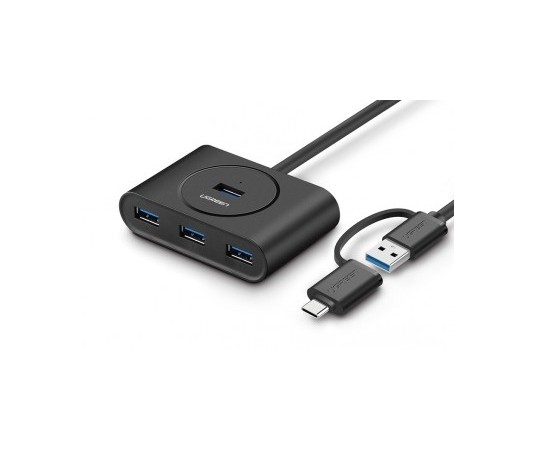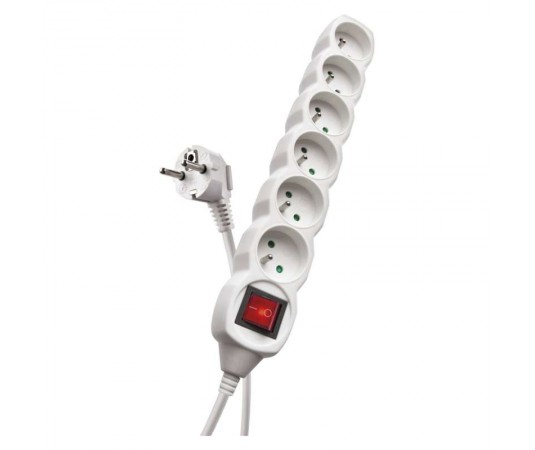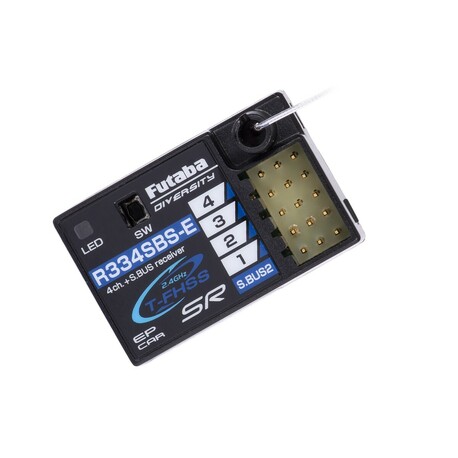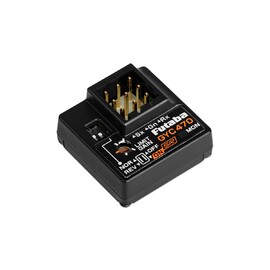Futaba R334SBS-E T-FHSS 4k receiver

Express delivery

Large selection of carriers

Satisfaction guarantee
Four-channel receiver Futaba transmission system T-FHSS SR (super fast response, no telemetry) / T-FHSS Surface 2.4GHz (with telemetry) for RC cars and boats. It is designed exclusively for use in models powered by an electric motor. The S.BUS2 port for two-way communication allows the connection of Futaba telemetry sensors and S.BUS2 servos or gyroscopes. The operating states of the receiver are indicated by an LED indicator.
Transmission system
Futaba T-FHSS Surface SR (Super Response) 2.4GHz without telemetry or telemetry T-FHSS Surface 2.4GHz (Normal and High Speed modes with very fast response). The detection of the transmission system is automatic when the receiver is switched on according to the signal from the transmitter with which the receiver is paired.
The T-FHSS SR system: (servo signal period 2.45 ms or repetition frequency 408 Hz) allows the use of exclusively special digital servos Futaba SR with extremely fast response on channels selected on the transmitter for which the SR mode is switched on. In other channels where SR mode is not switched on, it is possible to use common digital servos and speed controllers. Analog servos CANNOT be used.
T-FHSS system: The "Normal" mode allows the use of any servos (analogue or digital) or RC devices, given that the repetition period of the servo signals is 15 ms (repetition frequency 66.7 Hz). "High Speed" mode can only be used by digital servos and most other devices, such as speed controllers for AC motors. The repetition period of the servo signals is 3.3 ms (repetition frequency 303 Hz).
The receiver is not compatible with T-FHSS Air-2.4GHz transmitters for flying models.
Power supply
3.7-7.4 V (nominal voltage) - ie eg 4-6 cells NiMH, 1-2S LiPo / Li-ion, 2S LiFe, BEC power stabilizers in the given voltage range.
Antenna
The receiver is a diverse antenna - one short external antenna and one built into the receiver box. Due to its limited range, it is intended exclusively for models powered by an electric motor, it must not be used in models with an internal combustion engine.
Receiver outputs, channel modes
The receiver is equipped with sockets for standard Futaba connectors (with protrusion), into which it is of course possible to insert UNI connectors (= JR / Graupner, Hitec) without a side protrusion.
Channel outputs (PWM): The R334SBS-E offers 4 classic PWM channels.
S.BUS2: The S.BUS2 socket allows the connection of Futaba telemetry sensors, the data of which can be displayed on the transmitter and S.BUS2 servos or gyroscopes.
Telemetry
The R334SBS-E transmits the receiver supply voltage data to the transmitter without the need to connect any sensors.
The R334SBS-E allows the use of Futaba telemetry sensors and other sensors compatible with the S.BUS2 bus system with bidirectional communication (usable sensors are determined by the transmitter's capabilities).
Updatable firmware
The receiver's firmware can be updated wirelessly using the transmitter.
The receiver set contains: receiver R334SBS-E, operating instructions.
What Is S.BUS2 / S.BUS
- S.BUS - Futaba serial bus with one-way communication enabling control of servos, controllers, switches, gyroscopes and other compatible RC devices connected to a single output port of the S.BUS receiver.
- S.BUS2 - Futaba serial bus for bidirectional communication enabling (as S.BUS) control of servos, controllers, switches, gyroscopes and other compatible RC devices connected to a single output / input port of the S.BUS2 receiver. In addition, it allows the connection of telemetry sensors and the transmission of data from them via a receiver for display on the transmitter; from some S.BUS2 servos can transmit information about the operating current, temperature or angle of the servo output lever to the transmitter. / li>
Unlike conventional RC S.BUS (2) kits, the system uses serial data communication to transmit control signals from the receiver to a servo, gyro or other device. This data contains commands such as "move servo channel 3 to 15 degrees, move servo channel 5 to 30 degrees" for multiple devices. S.BUS (2) devices only execute commands corresponding to their own set channel. For this reason, it is possible to connect several servos to the same signal cable, while setting and controlling them individually as needed. The servo identification code (ID) is used for this. You can find the ID on the sticker on the servo box.
The S.BUS2 servo can be connected to both S.BUS2 and S.BUS ports of the receiver. Its function is given by setting the channel in the servo memory (it is performed using the programming interface of the Futaba transmitter, SBC-1 programmer or CIU-3 USB interface with PC program S-Link - for some servos the channel can be set only with the transmitter).
The S.BUS or S.BUS2 servo connected to the channel output of the classic receiver (PWM) works like a classic servo. Its movement is given by a signal in the channel of the receiver to which it is connected. The settings of the programmable servo functions remain valid.


